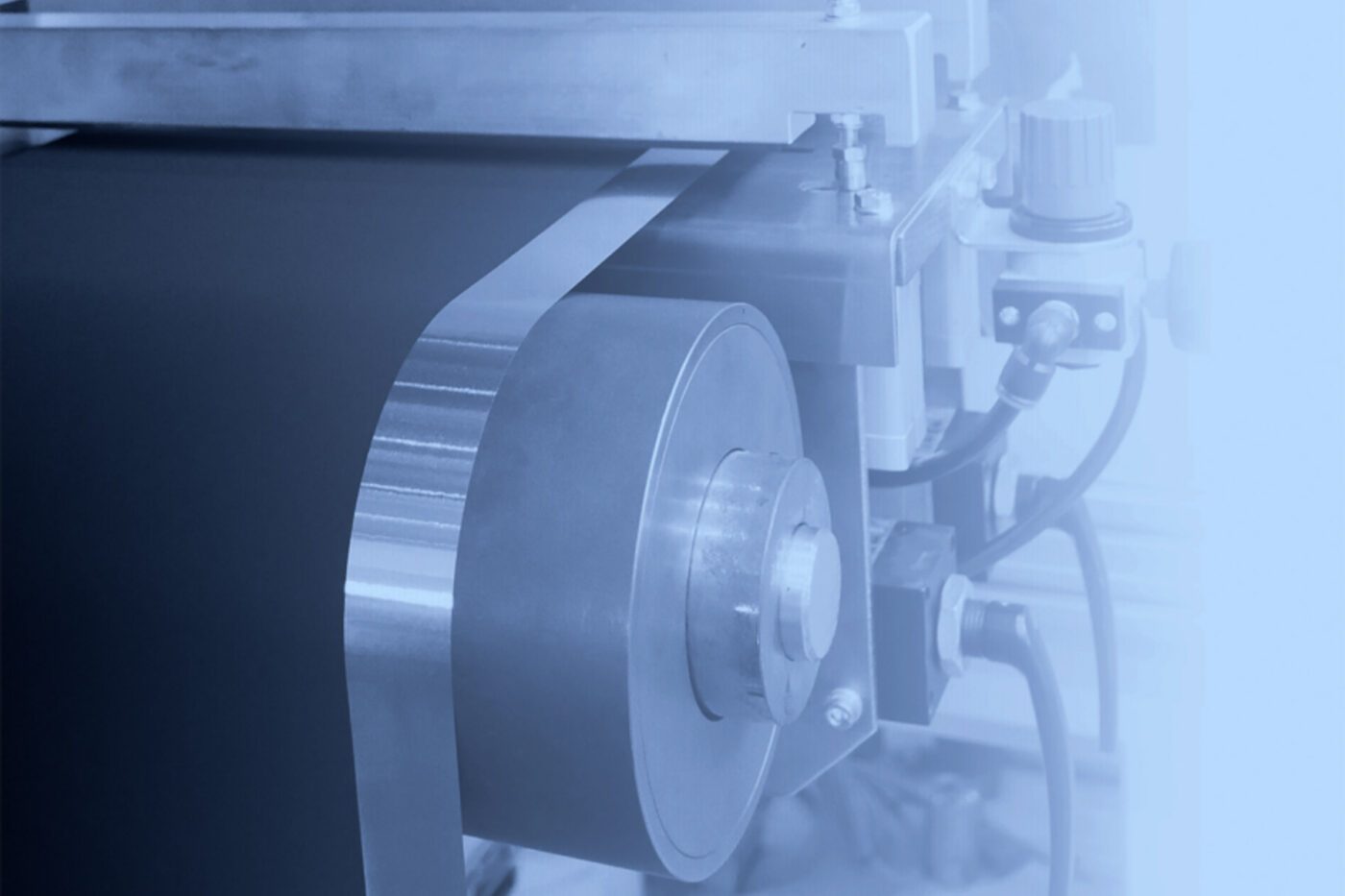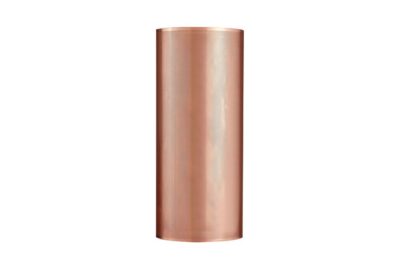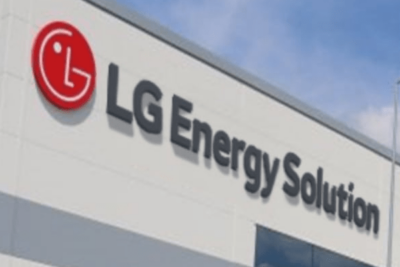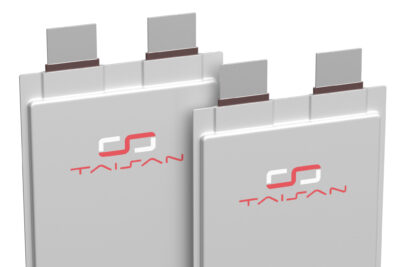PEM to support new battery coating process
The concept shall also make the use of binders and toxic solvents superfluous, PEM adds in the statement regarding collaboration with Nanoloy.
Conventional production uses binders and solvents as necessary auxiliary materials in electrode coating. For the cathode, for example, the powdered metal oxides of the battery active materials are mixed with the binders and solvents to form a paste, known as a slurry. This slurry is then applied thinly to the carrier film, after which the material is dried in an energy-intensive process in large ovens to vaporise the same liquid that has just been added for coating. This wet coating is still the industry standard today. However, work has been underway to develop a more efficient process for many years.
The Nanoloy team led by CEO Alex Koszo and CTO Krishna Tekriwal appears to have found such a process and focuses on “plasma printed electrodes” on its website. Without adding much detail, it also mentions “mechanically interlocked molecules” that form “extremely strong bonds” to the base substrate, as well as amongst the active material.
More grippingly, the company, with offices in The Hague, Singapore and India, uses its plasma coating process to produce “high-performance silicon anodes”, which are also designed to reduce production costs.
RWTH had already supported the proof of applicability for Nanoloy’s battery production, and the chair is very satisfied with the results so far. The newly configured plasma printer from Nanoloy has recently “produced promising electrodes”, including high-performance anodes with 50 per cent silicon content, PEM writes.
The chair is also supporting the startup’s research and development pilot line, which is currently under construction in the Electromobility Laboratory (eLab) in Aachen, with work due to be completed in Q2/ 2024.
The team led by RWTH professors Achim Kampker and Heiner Heimes adds it will support electrode development and the scaling up of the system technology to the Gigafactory level.
“Our joint goals for batteries produced over the next three years are to increase service life by 33% and energy density by 50% while improving safety and reducing production costs by 40%,” says Kampker.
The startup talks about up to 3,000 charging cycles, an energy density of up to 450 watt-hours per kilogram, and production costs of less than 70 dollars per kilowatt-hour at cell level.
According to Nanoloy, the company plans to have a ten-gigawatt-hour production plant in the EU by 2028, the exact location of which is yet to be determined.
The statement also mentions the production of solid-state batteries on the pilot line in Aachen, which also enables optimising conventional lithium-ion batteries.
PEM reportedly researches and supports the design of innovative production processes for current and future battery generations.
As for newcomer Nanoloy, CEO Koszo claims more than 20 years of experience in managing technology companies. In 2019, Cleantech Group named him one of Asia’s top 25 innovators.






0 Comments